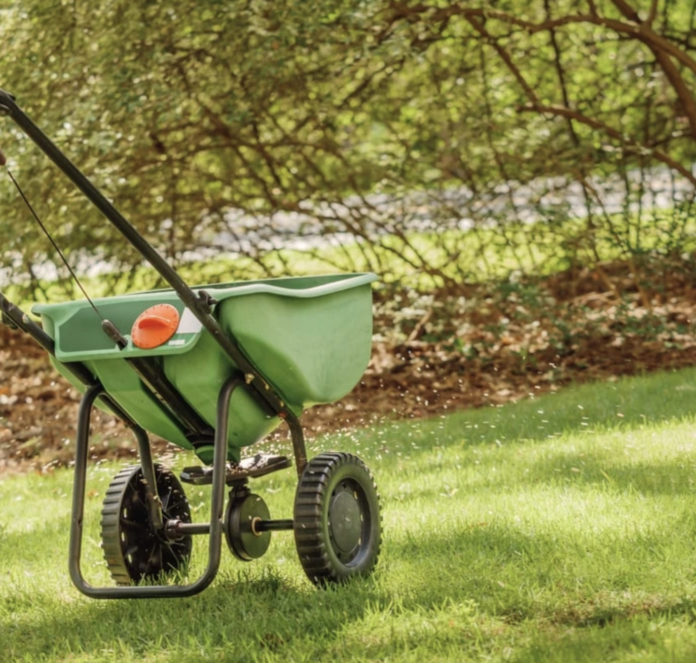You might assume that lawn care is only essential during the warm seasons, but maintaining a healthy lawn requires year-round attention. As temperatures drop and winter approaches, it’s time to start prepping your lawn for the colder months ahead.
Winterizing your lawn involves a series of steps to ensure its resilience and health throughout winter. But what exactly does it entail? Should you fertilize your lawn in winter? How often should you water it? And what measures can you take to prevent winter lawn damage?
To help you prepare for the chilly season, our lawn care experts have compiled a list of essential winter lawn care tips. Follow these recommendations to keep your lawn thriving even during the coldest months of the year.
The Basics of Pre-Winter Lawn Care
Prepping your lawn for winter starts well before the first snowfall. In many regions, the harsh winter conditions can take a toll on your grass, making pre-winter lawn care essential. By taking proactive steps in autumn, you can fortify your lawn against the cold, ensuring it bounces back quickly come spring.
The ideal time to start this pre-winterization process varies depending on your location. Late September is often a good starting point, but those in northern areas might need to begin earlier, while folks in warmer climates can sometimes wait until early October.
To get your lawn ready for the challenges of winter, follow these pre-winterizing steps:
Increase Your Mower Height
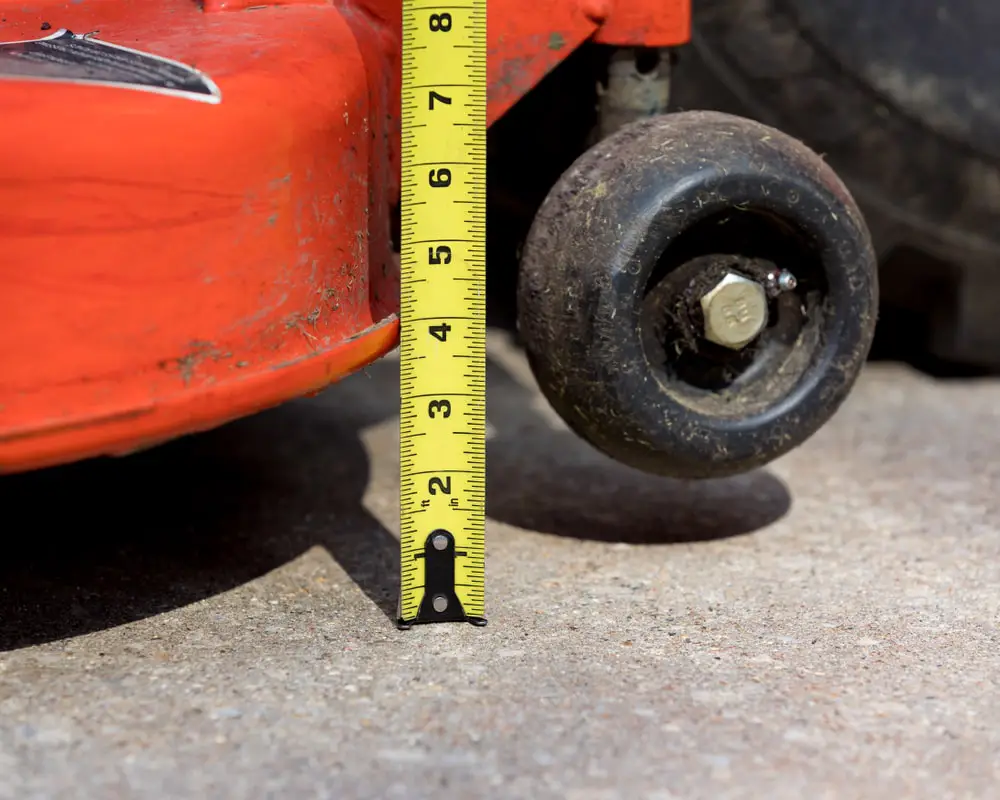
With the arrival of fall and winter, daylight hours dwindle, and your lawn receives less sunlight. To compensate, adjust your mower to a higher setting, raising it by half an inch or even a full inch. This allows your grass to grow slightly taller, providing more leaf area to absorb sunlight and store energy for the winter months. The added benefit is that thicker grass acts as a natural barrier against weeds and becomes more resistant to diseases.
Perform Weed Control

Weeds can be relentless rivals to your lawn, battling for essential nutrients and sunlight. If you’re dealing with cool-season grasses, fall is the prime time to combat common weeds like dandelion, clover, and chickweed. Applying a suitable herbicide during this period not only helps your lawn stay robust through the winter but also gives you a head start on preventing those pesky weeds from emerging in the spring.
Rake or Mow Your Leaves
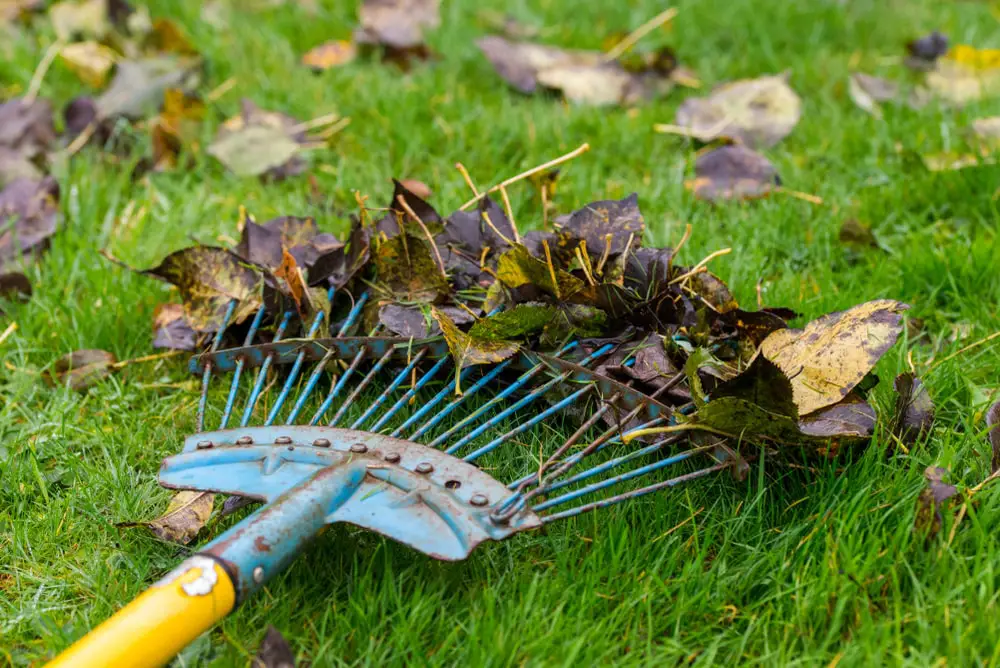
As the vibrant hues of fall foliage descend, it’s time to break out the rake. A thick layer of leaves blanketing your lawn can create a barrier, preventing sunlight, oxygen, and essential nutrients from reaching the grass. Moreover, damp leaves can become a breeding ground for mold and fungus, further jeopardizing the health of your lawn.
Make an effort to rake your leaves regularly or utilize a mulching mower if you have one. Just ensure the leaves are dry before mowing them, as wet leaves can clog the mower and create an uneven lawn surface.
Aerate Your Lawn
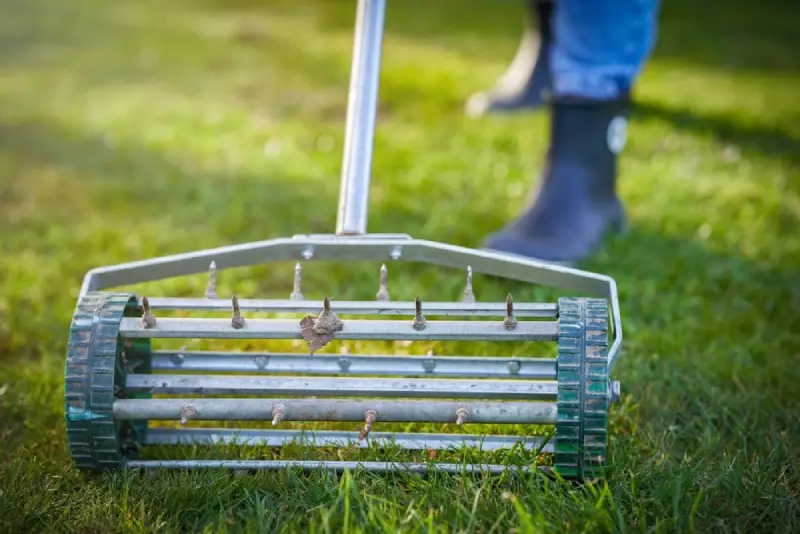
Aerating your lawn is a crucial step in preparing it for winter. This process helps loosen compacted soil, allowing vital elements like fertilizer, water, and oxygen to penetrate deeper and reach the roots more effectively. As a result, your other winter lawn care efforts will yield better results.
Choose a day when the soil is moist but not overly saturated to aerate your lawn. If you have access to a core aerator, it’s the most effective tool for the job. Alternatively, you can use an aerator attachment on your mower. Make sure to make multiple passes over your entire lawn to ensure thorough coverage.
Fertilize Your Lawn
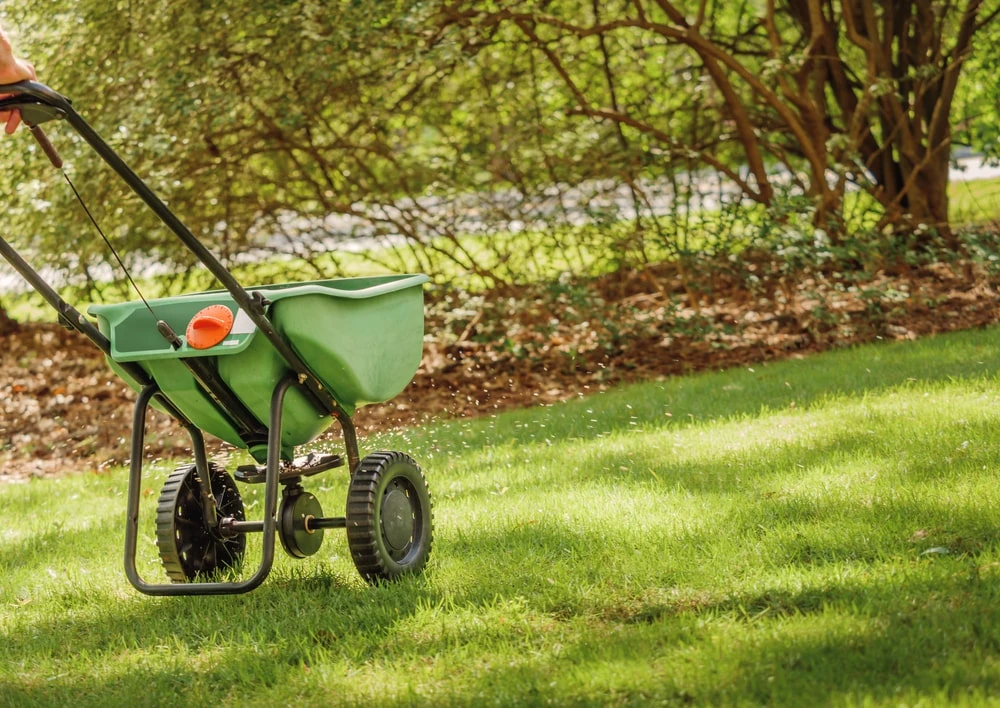
Wondering how to maintain a vibrant green lawn throughout winter? While a lush green lawn might not be feasible in certain regions during the colder months, fertilizing in late fall, typically around October or November, can give your grass a much-needed nutrient boost. This fertilization helps strengthen the grass roots, promoting a healthier lawn that may stay greener in milder climates and withstand the harsh conditions of snow and ice in colder areas.
Add Compost
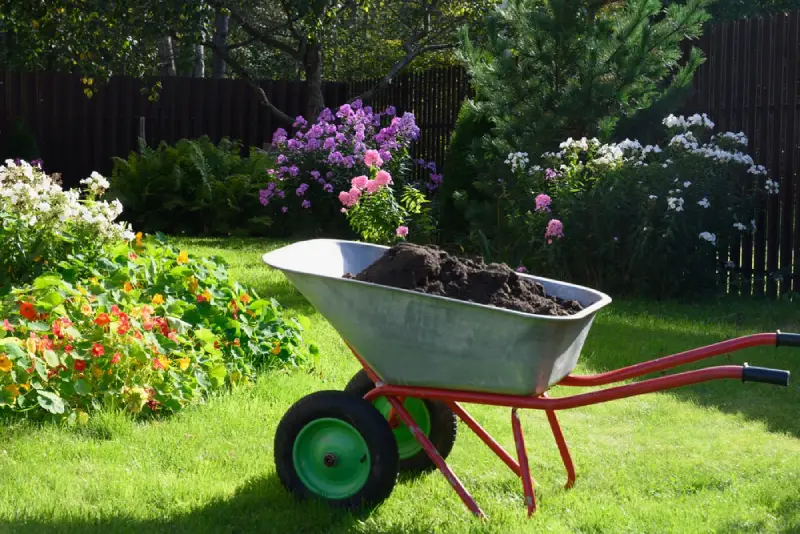
If your lawn is looking a bit thin or has some bare spots, consider applying cured compost to the areas that need it most. Compost is a powerhouse of nutrients, providing your grass seeds with the essential boost they need to germinate and establish themselves before the cold weather sets in.
Overseed
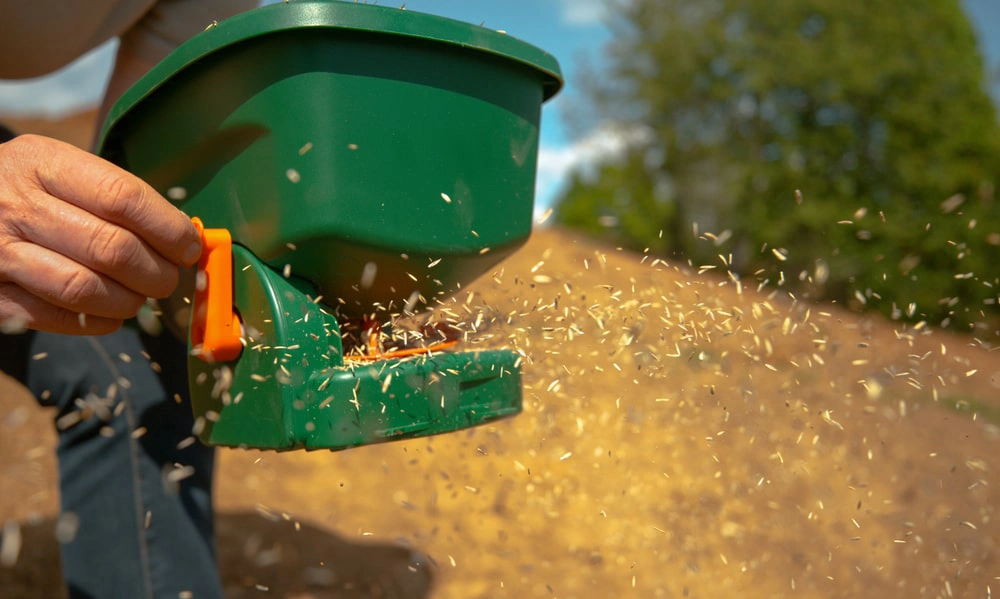
For those fortunate enough to experience milder winters with minimal ice and snow, overseeding your lawn could be a valuable strategy. Overseeding involves planting grass seed directly into existing turf, promoting a denser and more vibrant lawn during the winter months when your regular cool-season grass enters dormancy. This technique can also be employed to fill in sparse areas or patch up bare spots in your lawn.
When overseeding, ensure even coverage by applying seed in overlapping passes. This helps promote consistent growth and a uniform appearance across your lawn.
Rake and Water Your Seeds
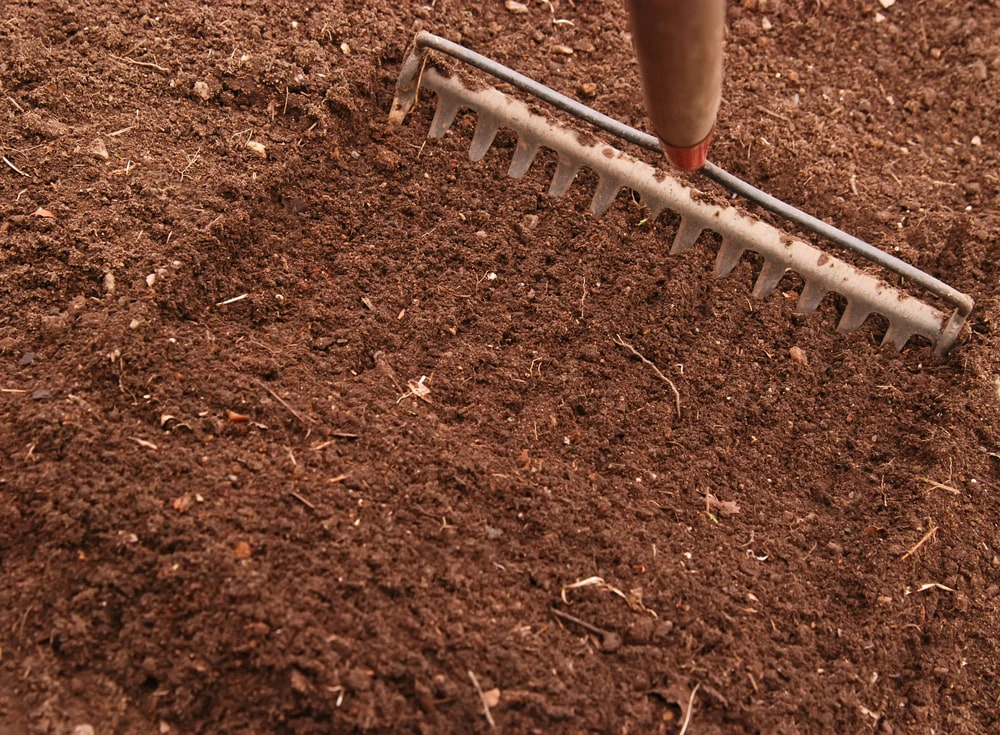
After spreading the seeds, gently rake them into the compost and soil to ensure good contact and promote germination. Keep the seedbed consistently moist by watering regularly, potentially up to three times a day, until you notice the emergence of new grass shoots. Once the seedlings have sprouted, you can reduce the watering frequency to once a day.
Winter Lawn Care Prep
With pre-winter lawn care complete, it’s time to focus on full winterization as the cold weather approaches. This section outlines the necessary steps to ensure your lawn remains in prime condition throughout winter, ready to welcome spring with renewed vigor.
If you live north of the Mason-Dixon line, winterizing your watering system by early to mid-November is crucial. However, if temperatures are still mild and your sprinklers haven’t been winterized yet, you can continue watering your lawn about once a week, depending on rainfall. As the weather turns colder, though, winterizing becomes essential to protect your system and your finances.
Failing to winterize can result in costly damage, as any water left in the pipes can freeze and cause them to burst. Before winterizing, assess your irrigation system and make any necessary repairs.
To winterize, shut off the system using the irrigation shutoff valve and flush the pipes with air to expel any remaining water. Test the backflow and open the drain screws for a thorough purge. Insulate above-ground plumbing and deactivate the control panel.
With the system winterized, your lawn will rely solely on natural precipitation. The colder temperatures naturally slow down grass growth, so the need for watering decreases significantly.
Winterize Your Lawn Mower
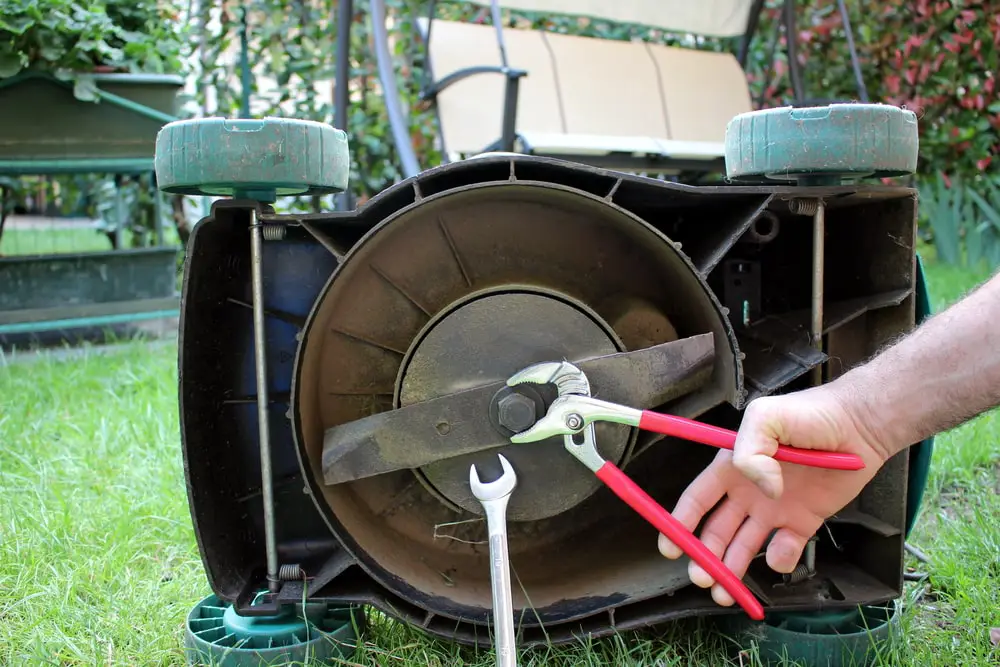
Maintaining your lawn care equipment is an important aspect of winter lawn care. As grass growth significantly slows down during the colder months, mowing becomes less frequent or even unnecessary. This is the perfect opportunity to winterize your lawn mower.
Winterizing your mower involves emptying the fuel tank, replacing the spark plug and air filter, changing the oil, and removing the battery if applicable. Thoroughly clean the mower deck and lubricate any moving parts. These steps will help preserve the condition of your mower and ensure it’s ready to tackle the job when warmer weather and lush lawn growth return.
Minimize Traffic
Protecting your lawn from excessive wear and tear during winter is a vital part of maintaining its health. Minimizing foot traffic, pet activity, and vehicle use on your lawn can significantly reduce the risk of winter lawn damage. Heavy and repeated traffic can easily create paths and bare spots, especially when the underlying soil is compacted and dry.
To mitigate this issue, consider establishing a designated walking path adjacent to your lawn or using a small garden fence to guide foot traffic away from vulnerable areas. This simple step can go a long way in preserving the integrity of your lawn throughout the winter months.
Avoid Getting Salt on Your Lawn
Salt, while effective for de-icing, is detrimental to your lawn, particularly during the vulnerable winter months. It can cause significant damage or even kill your grass. To safeguard your lawn from salt damage, consider creating a protective barrier using burlap or plastic sheeting around the perimeter. This can help prevent accidental salt exposure when clearing driveways or walkways.
Additionally, try to minimize salt usage near your lawn and exercise caution when applying it. Some homeowners even opt for alternatives like cat litter or sand to combat snow and ice, effectively avoiding salt-related harm altogether.
Spread Out Snow Piles
When snow begins to pile up on your lawn, it’s important to disperse any large mounds. By evenly distributing the snow, you encourage a more uniform melt, preventing concentrated areas of snow from lingering too long and potentially damaging or killing the grass underneath. High piles of snow left undisturbed for extended periods can lead to dead patches, which can spread and affect the overall health of your lawn.
Water When Needed and Possible
Determining how often to water your lawn in winter isn’t a one-size-fits-all answer. It largely depends on your specific location and the prevailing environmental conditions. If you reside in a region with limited rainfall and temperatures that generally stay above freezing, periodic watering throughout winter might be necessary.
When temperatures are above freezing and there’s been a lack of precipitation, watering your lawn briefly every two to three weeks can help prevent it from drying out completely. However, if you’ve already winterized your sprinkler system, you’ll need to resort to alternative watering methods or simply hope for sufficient rainfall and snow.
On the other hand, if you live in an area that receives a fair amount of precipitation during winter, typically around 4 to 6 inches, then watering your lawn becomes less of a concern. The natural precipitation, whether rain or snow, will adequately hydrate your lawn throughout the winter months.
Are You Preparing Your Lawn for Winter?
A truly stunning lawn requires consistent care throughout the year, even during the dormant winter season. Now that you’re equipped with the knowledge to winterize your lawn effectively, you can extend this care to the rest of your landscape.
If you have trees on your property, winter tree maintenance is crucial to ensure their health and vitality for the coming spring and summer. Additionally, wrapping shrubs during harsh winters can offer them protection from the biting cold.
Feeling overwhelmed by the prospect of winterizing your entire landscape? The Grounds Guys® can step in to help. Contact us for a free quote on a customized landscaping plan that aligns with your needs and budget. We offer comprehensive lawn maintenance solutions, including seasonal services like winterization. Our dedicated local teams are committed to delivering exceptional service and uphold the Neighborly Done Right Promise™, guaranteeing your complete satisfaction.


